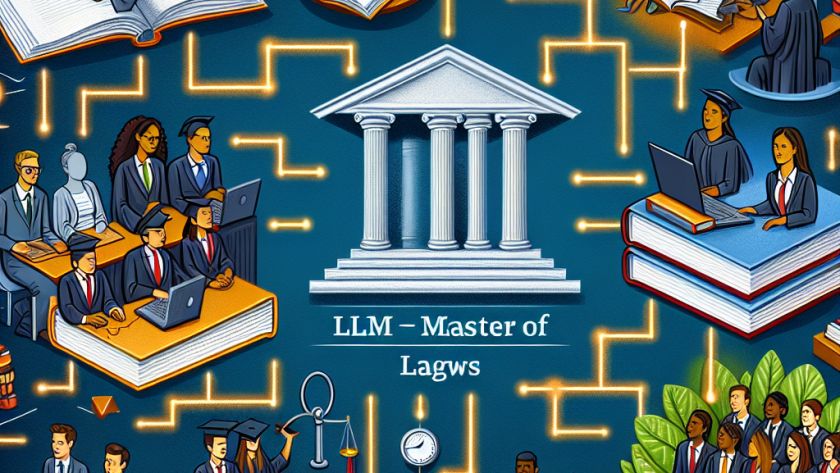Researchers from the School of Computer Science and Engineering at Beihang University in Beijing, China, and Microsoft have developed an improved framework for Low-rank Adaptation (LoRA), known as ResLoRA. Improving LoRA is necessary to address the challenge of high costs which are incurred when fine-tuning Large Language Models (LLMs) on specific datasets, due to their…












